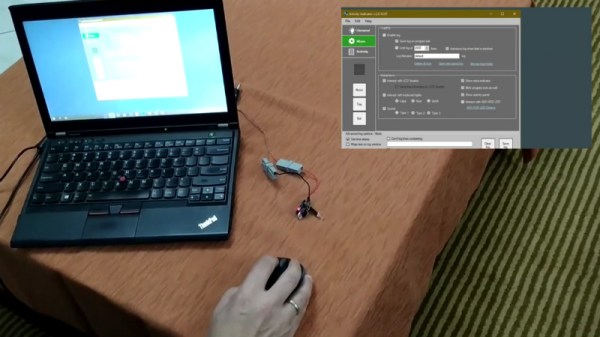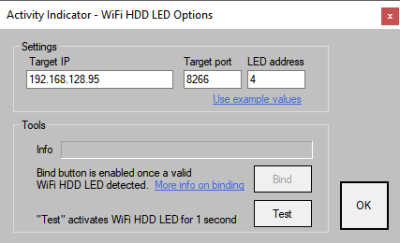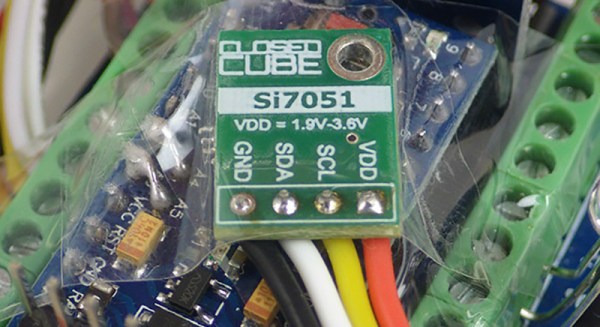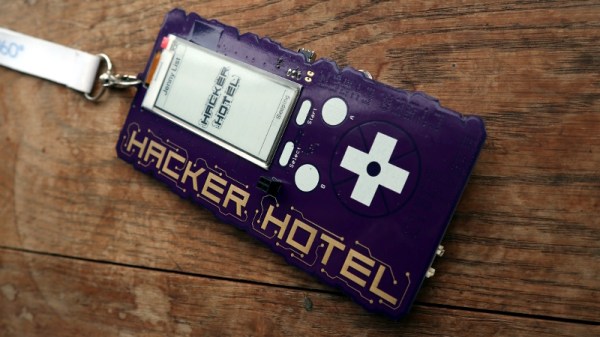There’s no debating that metallic sodium is exciting stuff, but getting your hands on some can be problematic, what with the need to ship it in a mineral oil bath to keep it from exploding. So why not make your own? No problem, just pass a few thousand amps of current through an 800° pot of molten table salt. Easy as pie.
Thankfully, there’s now a more approachable method courtesy of this clever chemical hack that makes metallic sodium in quantity without using electrolysis. [NurdRage], aka [Dr. N. Butyl Lithium], has developed a process to extract metallic sodium from sodium hydroxide. In fact, everything [NurdRage] used to make the large slugs of sodium is easily and cheaply available – NaOH from drain cleaner, magnesium from fire starters, and mineral oil to keep things calm. The reaction requires an unusual catalyst – menthol – which is easily obtained online. He also gave the reaction a jump-start with a small amount of sodium metal, which can be produced by the lower-yielding but far more spectacular thermochemical dioxane method; lithium harvested from old batteries can be substituted in a pinch. The reaction will require a great deal of care to make sure nothing goes wrong, but in the end, sizable chunks of the soft, gray metal are produced at phenomenal yields of 90% and more. The video below walks you through the whole process.
It looks as though [NurdRage]’s method can be scaled up substantially or done in repeated small batches to create even more sodium. But what do you do when you make too much sodium metal and need to dispose of it? Not a problem.
Continue reading “Common Chemicals Combine To Make Metallic Sodium”



















